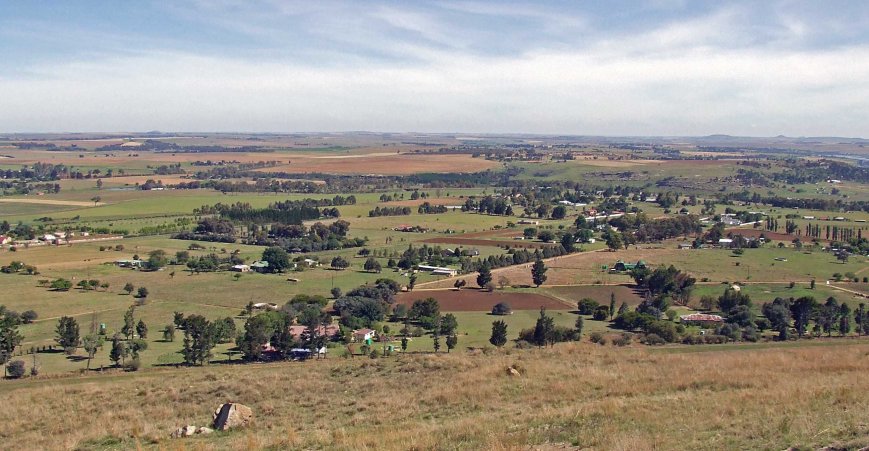Over at the Ideas for Sustainability blog, Chris Ives wrote an excellent overview of a recent paper about developing a translational ecology workforce. Briefly, the paper states that we need a work force that has the right combination of (1) multidisciplinary knowledge, (2) practical skills and (3) personal aptitudes.
Multidisciplinary knowledge focuses on traditional academic disciplines, like ecology, law, economics, governance, ethics and sociology. It emphasises T-shaped knowledge, where a deep understanding of a narrower sub-discipline (the vertical line of the T) is married to a more general appreciation of a wider range of topics (the horizontal line of the T).
Practical skills refer to the ability to actually get things done. This includes skills like effective communication, risk assessment, conflict resolution or project management.
Finally, personal aptitudes are those – often intangible – personality traits that make people good to work with. These aptitudes include things like patience, humility, trustworthiness, leadership, punctuality, reliability etc. Continue reading


